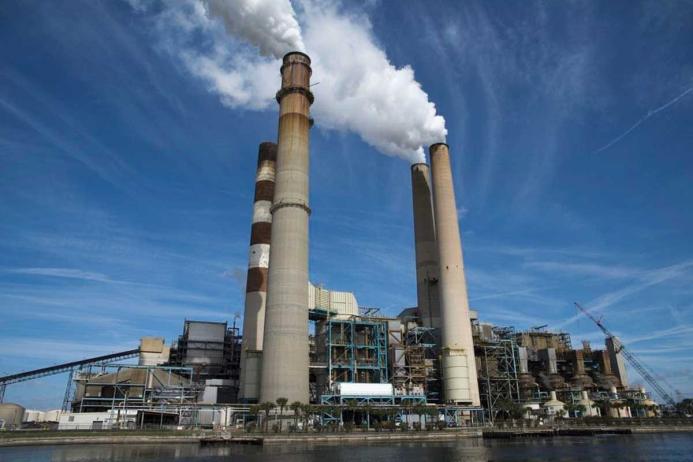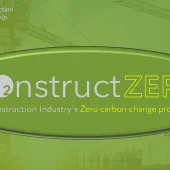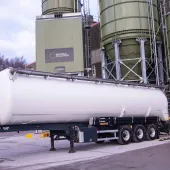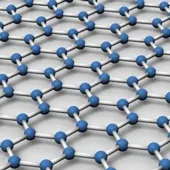Accelerated carbonation offers route to lower-carbon concrete
A report by sustainability consultancy Tunley Environmental has highlighted the potential of accelerated carbonation to reduce the carbon footprint of concrete production—responsible for around 8% of global greenhouse gas (GHG) emissions.
Authored by Dr Gareth Davies and Dr Luan Ho, the study outlines how carbon dioxide (CO₂) can be permanently stored in concrete through controlled chemical reactions, offering a viable route to partial decarbonisation in the construction sector.
“The process effectively reverses part of the cement-making cycle,” explained Dr Ho. “Instead of releasing CO₂ from calcium carbonate, we’re capturing it back into the finished material.”
Controlling the reaction
While natural carbonation has long been associated with steel reinforcement corrosion, the authors point to new technologies that allow for safe and targeted CO₂ absorption. One approach involves placing precast concrete in accelerated carbonation chambers, where temperature, humidity and CO₂ levels are tightly managed to maximise uptake without compromising durability.
The report cites studies where carbonated concrete blocks achieved equivalent strength in two hours of CO₂ curing compared with 20 hours of traditional steam curing. In one case, concrete blocks absorbed 15.8% of their mass in CO₂ after 28 days, while also improving compressive strength and resistance to abrasion.
Embedded CO₂ and recycled aggregates
Another emerging technique involves mixing CO₂-rich additives such as sodium bicarbonate directly into the concrete. These materials release CO₂ during the curing process, promoting in-situ carbonation and reducing porosity. Early findings show the method could sequester up to 15 kg of CO₂ per tonne of concrete—equivalent to a 17.3% cut in cement-related emissions.
The report also explores the potential of carbonating recycled concrete aggregate (RCA), recovered from demolition waste. Although RCA has typically been seen as
lower-performance fill, Tunley Environmental suggests that carbonated RCA can offer improved water resistance and chemical stability, alongside permanent CO₂ storage. Plain crushed concrete has been shown to absorb up to 11 kg of CO₂ per tonne.
Scaling potential
If adopted at scale, the report estimates that accelerated carbonation technologies could help sequester hundreds of millions of tonnes of CO₂ each year. When combined with electrification and alternative binders, these methods could significantly reduce the construction industry’s emissions profile.
“Concrete isn’t just a challenge—it’s also an opportunity,” said Gareth Davies. “By rethinking how we design, cure, and reuse concrete, we can unlock meaningful emissions reductions.”
The full papar can be viewed at White Papers: Carbon storage in concrete through accelerated carbonation.









